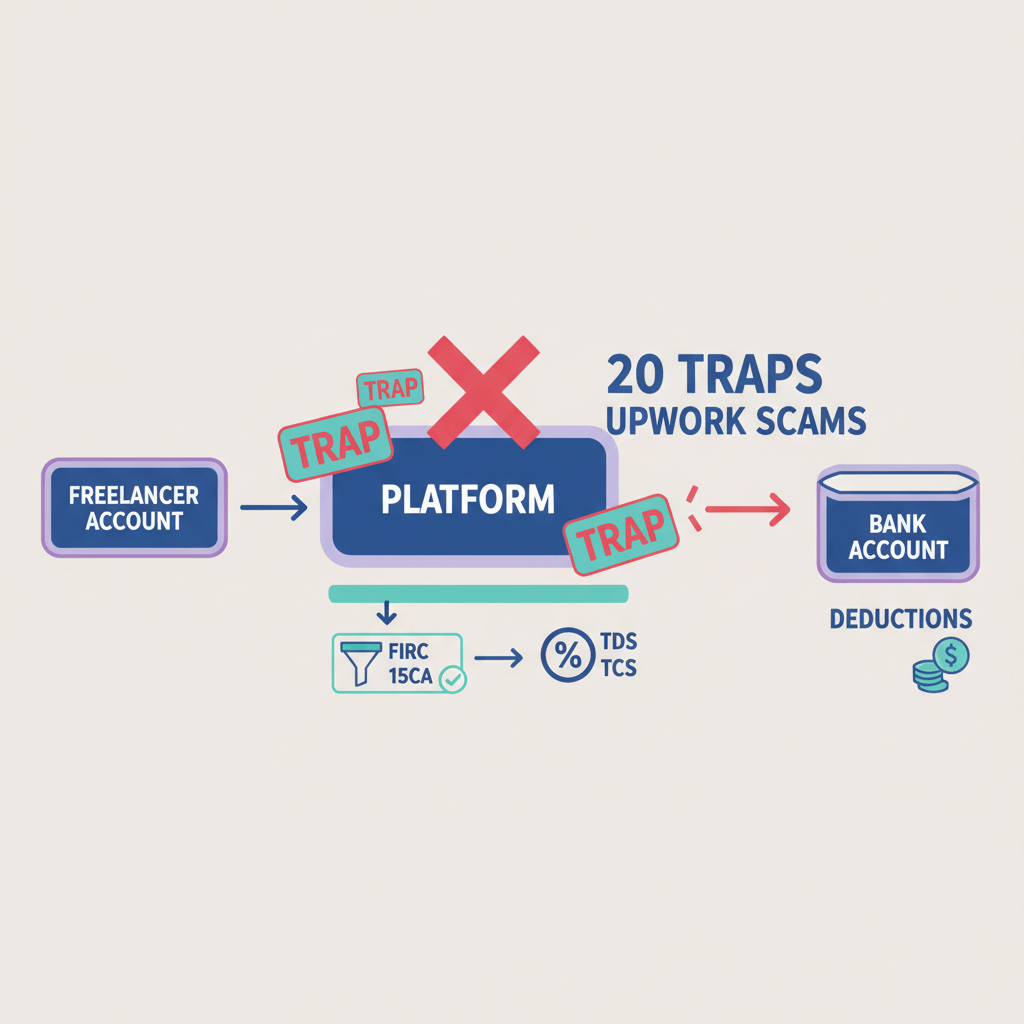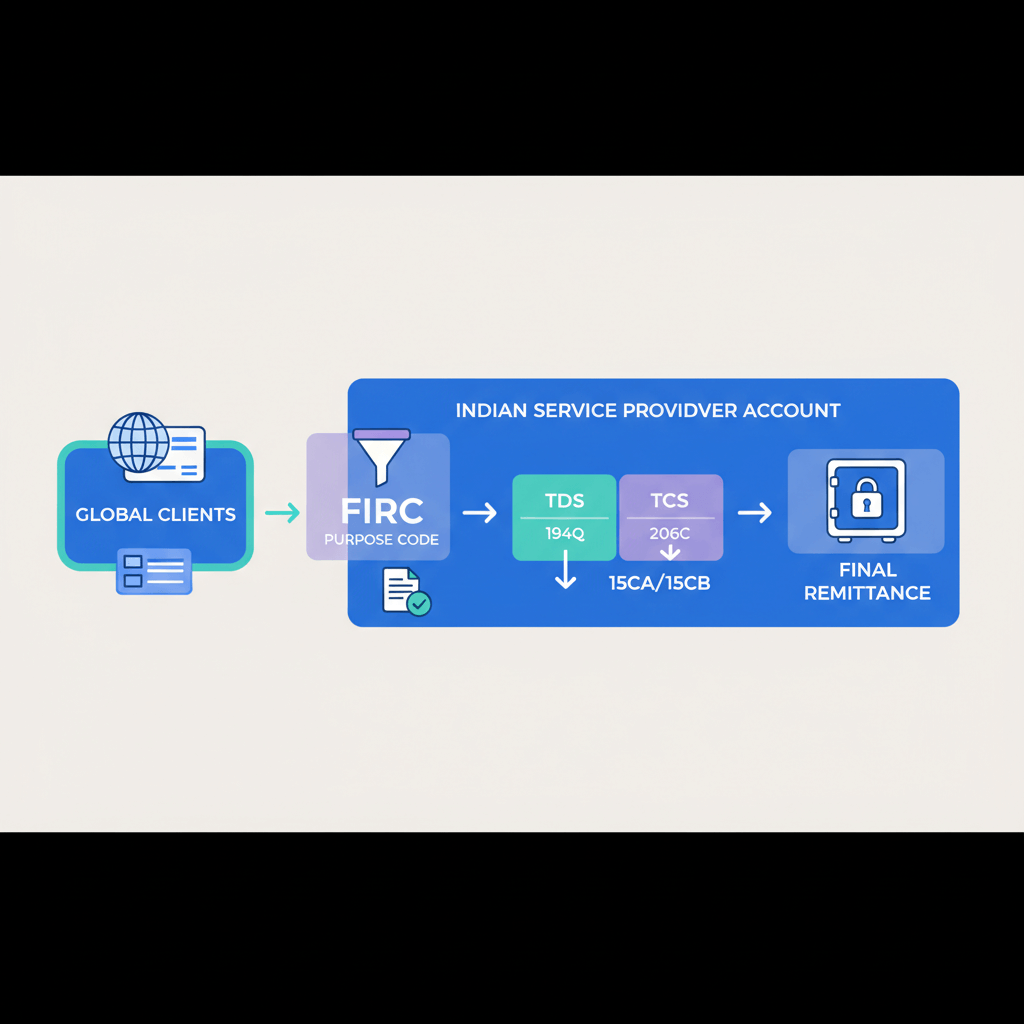Paying international vendors.
We all know what a hassle it is to deal with forex mark-up rates and banks. At the end of the day, you are looking for the cheapest ways to pay international vendors.
For obvious reasons, your goal would be to keep business finances in check on a first-priority basis.
There are many factors to consider while paying international vendors, the right financial services or bank to choose, and of course, the most convenient way to go through this process.
Let’s dive in!
Who are considered as foreign vendors?
Foreign vendors refer to suppliers or service providers situated outside the buyer's country. These entities, whether individuals, businesses, or organizations, engage in international trade by supplying goods or services across borders. Their offerings span diverse industries and may include raw materials, finished products, technology, equipment, or professional services.
Factors involved in paying international vendors
Before proceeding with outward remittances from India for paying international vendors, it's crucial to consider several factors:
- Regulatory Compliance: Adhere to regulations and guidelines set by the Reserve Bank of India (RBI) and other relevant authorities governing outward remittances.
- Authorized Dealer: Select a reputable and authorized bank or dealer to handle the remittance transaction, ensuring compliance with regulatory standards.
- Purpose of Remittance: Clearly define the purpose of the remittance, ensuring it aligns with RBI guidelines and regulations.
- Documentation: Prepare all necessary documentation, such as invoices and contracts, as required by regulatory authorities.
- Foreign Exchange Rates: Monitor exchange rates and evaluate options to minimize currency exchange risk.
- Transaction Costs: Assess transaction costs, including fees and taxes, and compare across providers for cost-effectiveness.
- Tax Implications: Understand and comply with tax laws in both India and the recipient country.
- Recipient Details: Provide accurate recipient bank account information for smooth fund transfer.
- Transaction Limits: Stay within RBI-imposed transaction limits and restrictions.
- Timing: Consider timing to meet vendor payment terms and delivery schedules.
Different Ways of Paying International Vendors
#1 International Wire Transfer
To pay an international vendor via wire transfer:
- Gather vendor's banking info.
- Choose a bank for a wire transfer.
- Initiate transfer online or in-person.
- Verify details and fees.
- Authorize transaction.
- Track transfer status.
- Notify the vendor upon completion.
- Reconcile payment in records.
#2 Forex Card
For paying international vendors with a Forex card:
- Load Funds: Load the card with the vendor's currency.
- Input Details: Enter the vendor's banking info and payment amount.
- Authorize Payment: Confirm transaction with PIN or OTP.
- Track Transaction: Monitor status via the card provider's app.
- Advantage: Forex cards often offer competitive exchange rates, helping save on currency conversion costs.
#3 Fedwire
For paying international vendors using Fedwire:
- Initiate Transfer: Submit payment instructions to your bank via Fedwire.
- Provide Details: Furnish vendor's banking information and payment amount.
- Confirm Authorization: Verify and authorize the transaction.
- Track Transaction: Monitor transfer status through your bank.
- Advantage: Fedwire ensures secure and efficient transfer of funds domestically within the United States, but it's typically not used for international payments.
#4 Real-Time Payments (RTP)
For paying international vendors using RTP (Real-Time Payments):
- Set Up Account: Ensure your bank supports RTP for international transactions.
- Initiate Payment: Input vendor's details and payment amount into your bank's RTP system.
- Authorize Transaction: Verify and authorize the payment through your bank's secure channels.
- Track Payment: Monitor the real-time status of the transaction through your bank's platform.
- Advantage: RTP offers near-instantaneous fund transfers, enhancing efficiency and speed in paying international vendors.
How do I pay an international vendor's invoice?
To pay a foreign invoice securely and efficiently, follow these steps:
Review the Invoice: Carefully check the invoice details for accuracy, including charges, currency, and payment terms.
Choose Payment Method: Choose the best way to pay based on things like how much it costs, how fast it is, and how safe it is. You can pick from options like wire transfers, credit cards, online platforms, or international money transfer services.
Confirm Exchange Rate: If paying in a different currency, verify the current exchange rate and consider strategies to manage currency risk.
Initiate Payment: Follow the provided payment instructions, ensuring accuracy in beneficiary details and payment reference. Initiate the payment through your bank's online platform or in-person.
Authorize Payment: Complete any required authentication steps to authorize the payment securely.
Track Payment: Monitor the payment's progress through your bank's updates or payment platform to ensure it reaches the recipient on time.
Confirm Receipt: Verify with the vendor that they have received the payment and reconcile it with the invoice details.
Keep Records: Maintain records of the transaction, including the invoice, payment confirmation, and any communication with the vendor, for future reference.
How do I process an international vendor's payment?
To process a foreign payment, gather recipient details, choose a payment method, verify exchange rates, initiate payment, authorize the transaction, track its progress, confirm receipt, and retain documentation for records.
Let's consider a real-life example of a business making an outward remittance from India to pay for imported goods:
Imagine you own a textile manufacturing company in India, and you need to pay a supplier in Turkey for a shipment of raw materials.
Collect Payment Details: You gather the supplier's bank account details, including their name, bank name, IBAN (International Bank Account Number), SWIFT/BIC (Bank Identifier Code) of their bank, and any other relevant information they provide.
Choose Payment Method: After evaluating your options, you decide to make a wire transfer through your bank as it's a common and reliable method for international payments.
Verify Exchange Rate: You check the current exchange rate between INR (Indian Rupees) and TRY (Turkish Lira) to determine the amount you'll need to transfer in your currency.
Initiate Payment: Using your bank's online banking platform or by visiting your bank branch, you input the supplier's bank details, the amount to be transferred in INR, and any reference information required.
Authorize Payment: You go through your bank's security procedures to authorize the wire transfer, such as entering an OTP (One-Time Password) sent to your registered mobile number.
Track Payment: You monitor the transaction's progress through your bank's online portal or by contacting your bank's customer service for updates on its status and expected arrival time.
Confirm Receipt: Once the supplier confirms receipt of the payment, you verify the transaction details and reconcile it with the invoice for the shipment of raw materials.
Retain Documentation: You keep a copy of the wire transfer confirmation, communication with the supplier, and the invoice for your records and accounting purposes, ensuring compliance with regulatory requirements.
What are the methods of payment in foreign trade?
In international trade, several payment methods facilitate transactions between buyers and sellers across borders. These methods include:
Cash in Advance: This involves the buyer making payment upfront before goods are shipped or services are rendered. While it offers security for the seller, it can pose risks for the buyer.
Open Account: Under this method, the seller ships goods and invoices the buyer, allowing payment at a later agreed-upon date. This is convenient for buyers but carries risks for sellers.
Advance Payment Guarantee (APG): APG is a bank-issued guarantee to the buyer that ensures reimbursement if the seller fails to fulfill obligations after receiving advance payment.
Consignment: Goods are shipped to the buyer, who agrees to pay only after they are sold. The seller retains ownership until then, and the buyer assumes the risk of unsold inventory.
Escrow Services: A third party holds payment from the buyer until specified conditions are met, such as satisfactory delivery of goods.
Payment Cards: Credit or debit cards can be used for international transactions, offering convenience and security for both parties.
These methods vary in terms of risk and security, and the choice depends on factors like the relationship between parties, the transaction nature, and prevailing market conditions.
FAQs on paying international vendors
How do you deal with foreign suppliers?
Dealing with foreign suppliers involves several steps to establish and maintain successful business relationships across borders:
Research and Selection: Conduct thorough research to identify potential foreign suppliers who meet your business requirements in terms of product quality, pricing, reliability, and compliance with regulatory standards.
Communication: Establish clear lines of communication with potential suppliers to discuss your business needs, product specifications, terms of trade, and any other relevant details.
Contracts and Agreements: Formalize the terms of your business relationship with foreign suppliers through written contracts or agreements. Clearly outline rights, responsibilities, and dispute resolution mechanisms to minimize risks and ensure compliance.
Quality Assurance: Make sure the services you get from foreign suppliers are up to your standards. Set up rules to check things, like how good the stuff is, and make sure the suppliers are doing a good job.
Payment Process: Agree on acceptable payment methods and terms with foreign suppliers, taking into account factors such as currency exchange rates, banking fees, and international payment regulations. Ensure transparency and accuracy in financial transactions to avoid misunderstandings or disputes.
Logistics and Shipping: Coordinate logistics and shipping arrangements with foreign suppliers to facilitate the timely and cost-effective delivery of goods. Consider factors such as shipping methods, transit times, customs clearance procedures, and import/export regulations.
Relationship Management: Maintain ongoing communication and relationship management with foreign suppliers to address any issues, resolve conflicts, and explore opportunities for collaboration and improvement. Cultivate a partnership based on mutual respect, trust, and transparency to foster long-term
How do you pay suppliers?
To pay suppliers, follow these steps: Receive and verify invoices, select a payment method (such as EFT, check, credit card, or wire transfer), initiate payment, maintain records, reconcile payments, and communicate with suppliers regarding payment confirmation.
How can international clients pay me?
You can use Karbon's inward remittance product to get paid for all your exports. It takes 5 hours for the transaction to be processed, provided all relevant documents are produced in time. Click here to know more.
Does Gpay work internationally?
Yes, Google Pay allows international outward remittance from India, subject to certain conditions and regulations imposed by the Reserve Bank of India (RBI) and other relevant authorities. Users in India can use Google Pay to send money internationally for various purposes, including business transactions, provided they comply with applicable laws and regulations.











